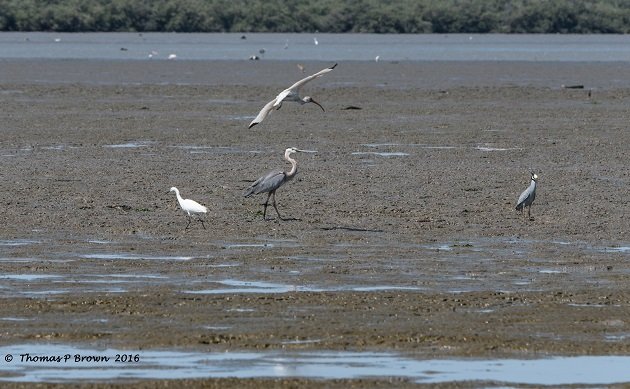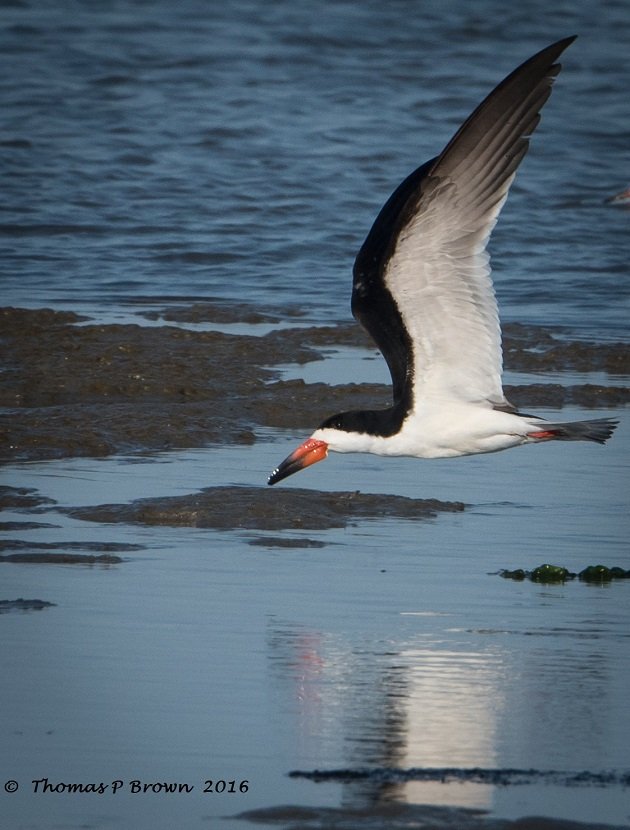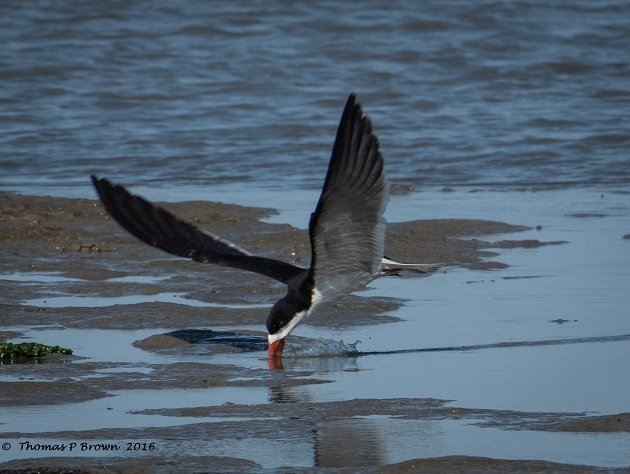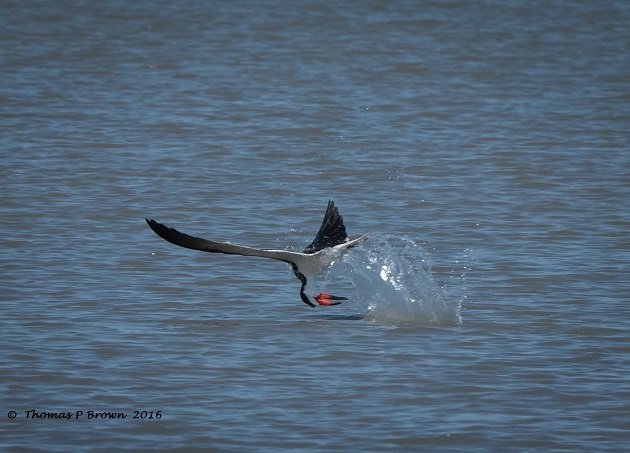
Sunday morning started out like many of my Sundays, loading the camera gear, and heading out to whatever spots seems to catch my fancy. Those go to spots are significantly less in number now that the temperatures have started climbing, we see nearly 100 every afternoon, and all the migrant species have bailed out and headed north. Despite this, there has been one particular bird stuck in my mind, a bird I have only seen once in this area, and have never really been successful in photographing. The Mangrove Warbler. Now before this story goes off on a whole different thread than I had planned, I will add that I an aware of the inconsistency in regard to the actual separation of this species from the Yellow Warbler. It has been split by the I.O.C. ( The Yellow Warbler, Setophaga aestiva and the Mangrove Warbler, Setophaga petechial) but not by the A.O.U. (Clements). In my feeble mind, they are different species, so I am going with that.
With that detail covered, I did indeed go in search of this attractive bird, in the long band of Mangroves that border the tidal area west of La Paz. This long, somewhat thin band of hearty, saltwater loving plants is nearly 20 miles long, so I could be in for quite a search. It did indeed turn out to be just that, but with dramatically different results than I had expected.
The west end of Bahia De La Paz, is quite shallow, and nearly 15 miles long by one mile wide. It is host to a tremendous variety, and quantity of waders, shorebirds and peeps. In my last five years photographing birds in the area, I have come to enjoy amazingly easy access to this area and the birds that live there. As I was getting set up in a makeshift blind I have used before, I was stunned. For the first time since I have been around La Paz, a beautiful Black Skimmer did just that, skimmed right by me!

These very easily recognized black and white birds tend to live near shallow water bays and inlets. They have developed a unique, knife like lower bill that they drop into the water while flying along. This lower bill is also 25% longer than the upper bill. Upon feeling this extended bill strike a small fish, the bird quickly snaps it shut, gathers up the fish and swallows it on the fly. Since they do not really rely on sight to find the fish, a majority of their fishing activity is done at night, when the small bait fish are closer to the surface.

Nesting is done on the open sand, in a small shallow depression. They will lay from 2 to as much as 7 eggs, usually 3-4. Both parents will feed the young, who are flying after 25 days. Another interesting fact, the babies are born with both bills the same length. The lower bill growing as they reach maturity.
One of the down sides to skimming along in the shallows, just has to be the occasional unseen rock, and rise in the bottom. In the three hours I spent watching them feed back and forth, I saw three or four occasions that they almost took a header, striking the bottom. The head and neck snaps down quickly, and off they go, skimming again.

So, I am sure you are asking yourself, what about the Mangrove Warbler? Well, I guess you now have a great reason to check back in for next Wednesdays story.











Leave a Comment